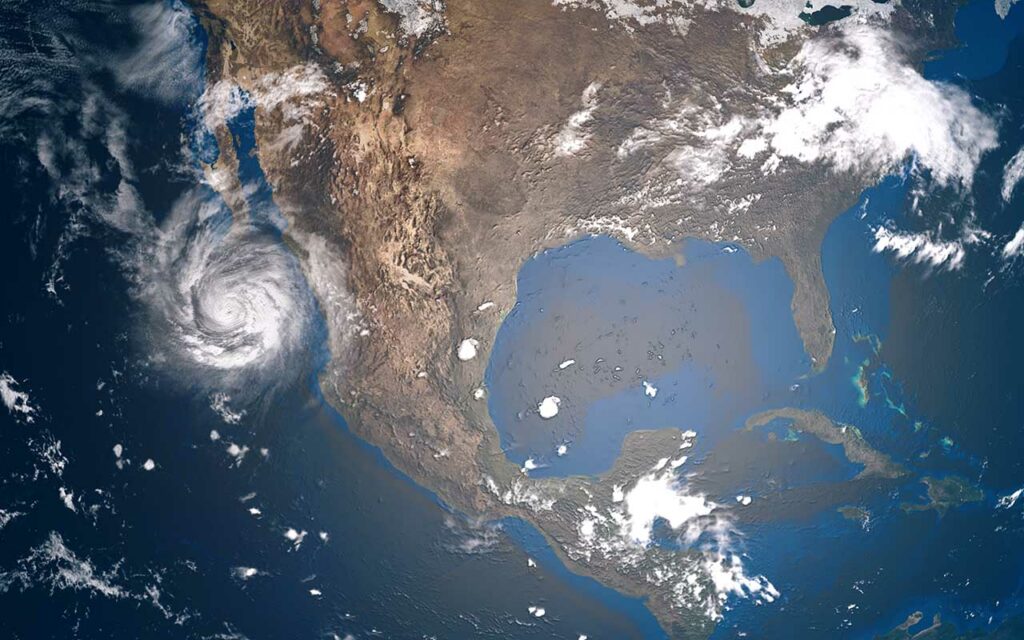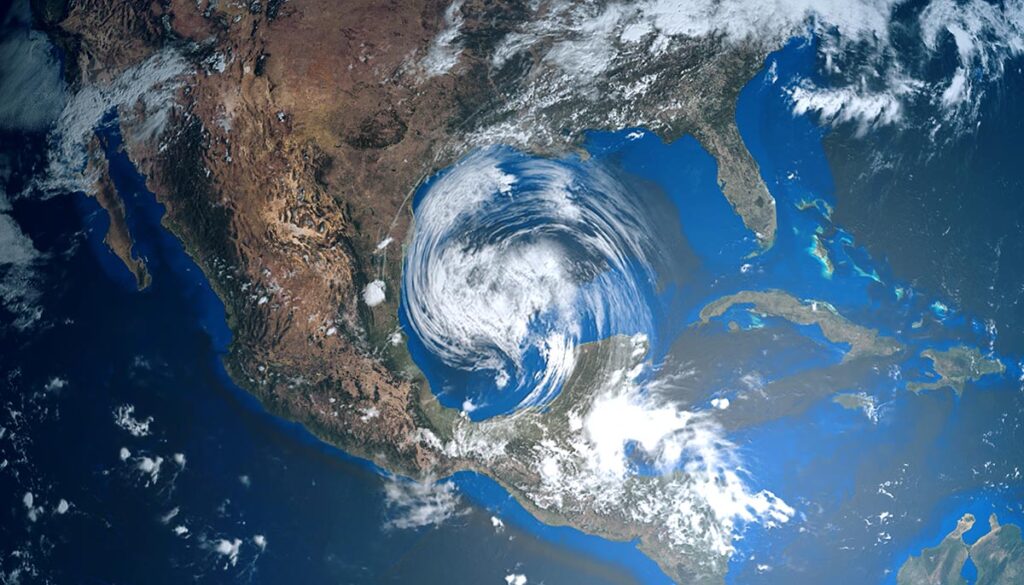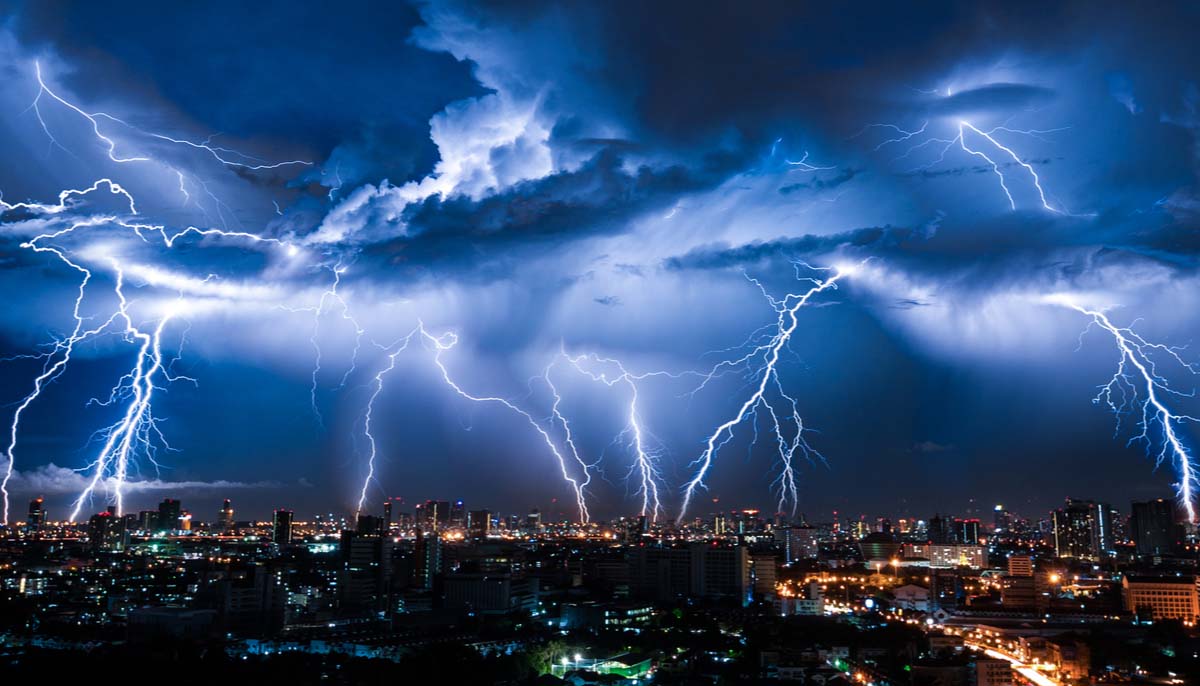Scientists have unlocked numerous mysteries in outer space, yet, despite the fact that over 70% of Earth’s surface is covered by water, scientists still know little about the ocean, its depths, and these three unsolved secrets.
The following ocean secrets are only three of many scientists who are still struggling to solve.
- About 80% of the ocean floor is unmapped
Both the surface of the moon and that of Mars have been better mapped than the Earth’s ocean floor, Vox reports. More explorers have been on missions to the moon than those who have been to the deepest part of the deepest trench in the ocean, the Marianna Trench. A region at the southern end is known as the Challenger Deep, which is the deepest known point of the seabed, with a depth of 10,902 to 10,929 meters. Only 22 people have descended to this location. One notable person who has visited Challenger Deep is Titanic film director James Cameron, who made the dive in the deep-submergence vehicle Deepsea Challenger in a March 2012 manned solo dissent.
- How many creatures live in the ocean’s “twilight zone?”
There are three distinct regions of the ocean’s depth that scientists define according to how much sunlight penetrates the water. The first is the “photic” or “sunlight zone,” which refers to a depth of 0-200 meters. Going deeper, the sunlight becomes less than nine.
The next zone is the “aphotic” zone which is divided into two parts.
The upper part is the “twilight zone,” a depth of 200-1000 meters. The sunlight here fades almost entirely out of view. Scientists are aware of several types of life here, such as sponges, sperm whales, hatchet fish, the sea pen, and octopus. However, overall, scientists say it’s easier to divine this zone by what they don’t know rather than what they do know.
Going deeper is the “midnight zone,” a depth of 1000-4000 meters. According to two oceans aquarium, this depth is frigid and has no light, and there is no growth of plants or phytoplankton. Scientists are aware of many types of sea life here, and it is believed that only predators and scavengers live in this region.
- Why does nearly every deep-water sea creature glow?
On dry land, there are insects from the beetle order called the firefly or fireflies, a.k.a. lightning bugs or glowworms. Four different families of these soft-bodied beetles produce light and the adult or larval stage. The fireflies and headlight click beetles do so, mainly during twilight, to attract mates. They do this through a chemical process known as bioluminescence. They have specialized light-emitting organs in which certain enzymes, ATP, and magnesium act with oxygen to produce light.
The same thing happens in the ocean but to a much larger extent. Almost every deep-water creature glows or lights up in some way. Any movement in the water triggers flashes all around. Scientists are still trying to figure out why so many marine creatures glow.









